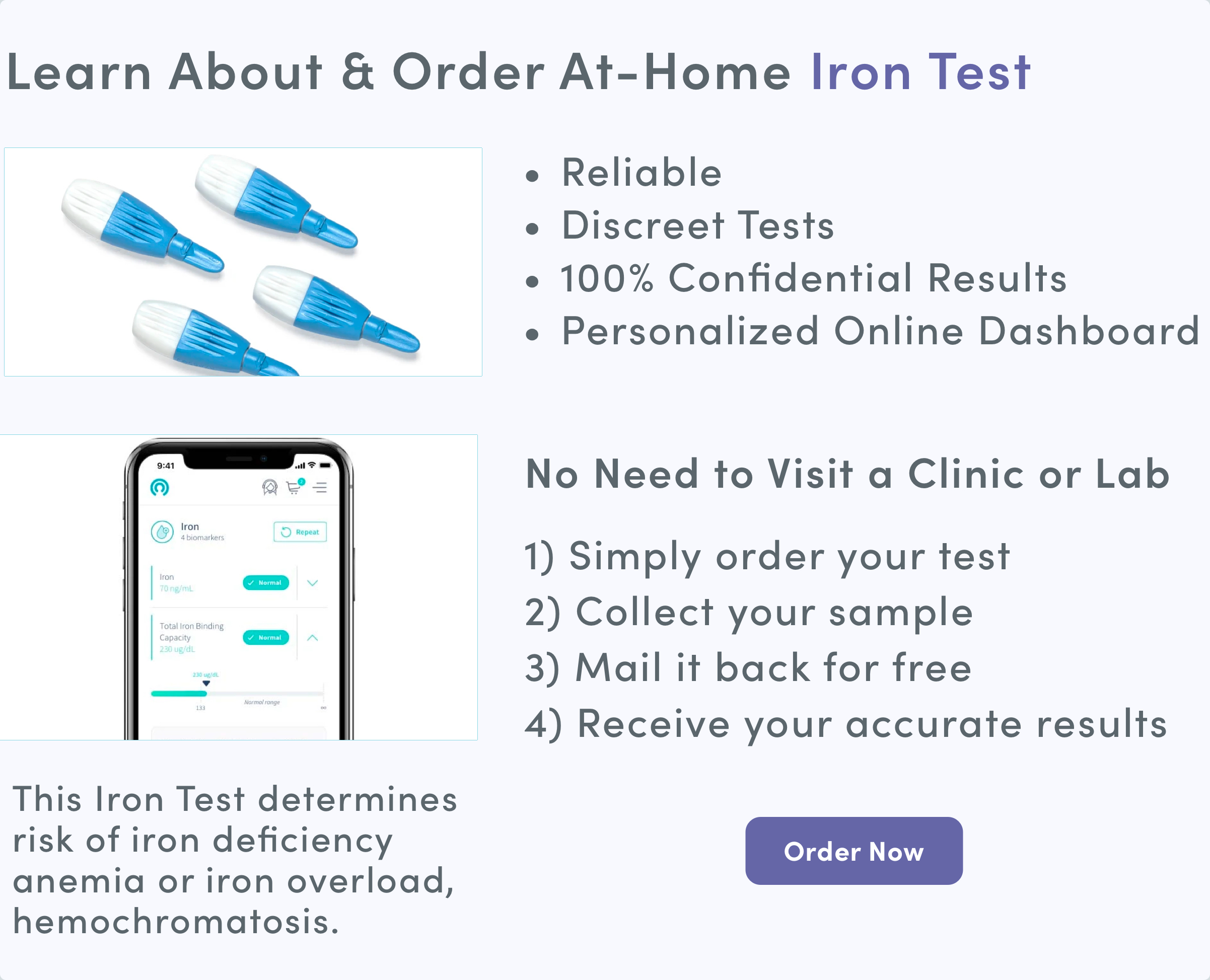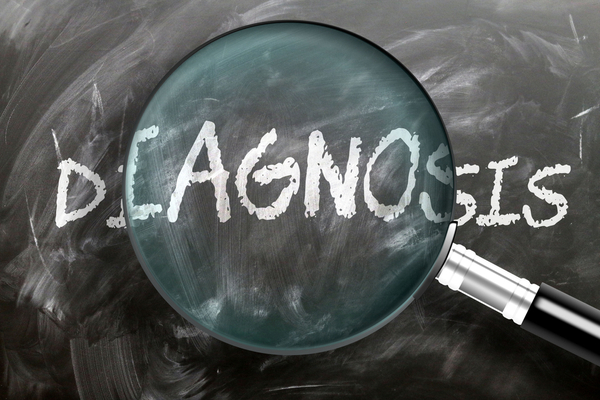- Symptoms:
- Include pain and swelling, possible bruising and decreased flexibility after history of injury
- Importance of diagnosis:
- Can reduce pain, improve healing and rule out a more serious injury
- Treatment:
- Often rest and recovery, ice and anti-inflammatory medications, possible referral for therapy
Treating Your Sprain or Strain At An Urgent Care Center
Emergency room wait times can be unbearably long, and if you are someone who needs to see a doctor quickly for a minor injury, like an ankle sprain, visiting an urgent care center might make a little bit more sense. These care centers are staffed with physicians, physician assistants, or nurse practitioners. In other words, you will receive the same quality of care at these centers as you would have received if you went to the emergency room.
What is a Sprain?
A sprain is an injury to a joint in your body (typically the ankle,knee or wrist) where the soft tissues that holds the bones together are stressed, often from an injury while doing a physical activity. This can lead to swelling, pain, and an inability to use the joint in a normal way (ie bear weight, causing limping and/or weakness)
What is a strain?
A strain is most typically referring to a muscle that was injured following a sporting injury or during day to day activities in your life that went awry. Strains most commonly occurs in the leg or arm (commonly affected muscles are hamstring, groin or biceps)

Why Get Treated By An Urgent Care?
A large ER waiting room with many people is not a desirable location when you have a sprain or strain. This is why going to your closest walk-in center is a better choice. Often the copays are cheaper and the wait times are shorter.
Symptoms
- Pain
- Bruising
- Swelling
- Weakness
- Inability to bear weight
- Numbness around the area
Diagnosis
Your healthcare provider will examine the body part in question (ankle, wrist knee etc) and determine which treatment option is best and whether or not any diagnostic testing is necessary. In some cases, you may have to have an x-ray or a CT scan to see if there is a dislocation of the joint or a broken bone. Diagnosis is important because they need to be able to see the extent of damage that has occurred so the proper treatment course is applied.
Treatment Options
There are a variety of treatment options available to treat a sprain or strain. After your provider has diagnosed the level of damage, they may place a compression dressing (ace bandage) to immobilize the area and to take the pressure off the injury, and recommend ice, elevation, and anti-inflammatory medication depending on your allergies. Follow-up with a physician who specializes in sprains and strains may also be setup after your urgent care visit
The Takeaway
For muscle strains and sprains, early diagnosis by your local urgent care provider may lead to a more rapid recovery that will allow you to resume your normal daily activities. Patients will benefit from the shorter wait times, the lower costs, and can go about their day without losing too much time. Time is of the essence in order to prevent a poor outcome after a sprain or strain.

